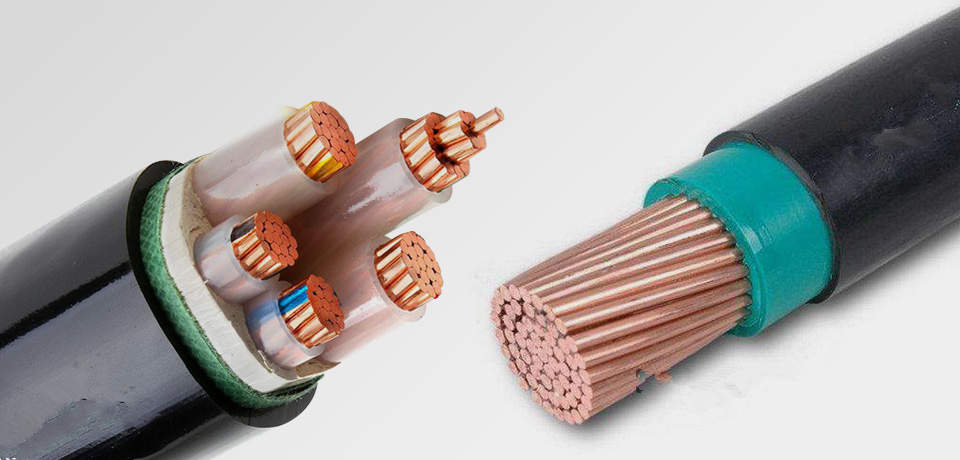Non-armoured cable is a type of electrical wiring used in many different applications. It is used to connect electronic components and provide power or data signals between them. Non-armoured cables are characterized by their lack of an outer sheath or armouring that can protect the wire from damage, making them a more affordable option than armoured cables. Despite this, non-armoured cables are still capable of providing reliable electrical connections in many environments. This article will explore the features of non-armoured cable and its applications in detail.

What Is The Non-Armoured Cable?
Non-armoured cable is a type of electrical cable used for the external or internal wiring of buildings and other structures in which no additional protection from external damage is required. It can withstand short bursts of current, but its insulation may be damaged if exposed to high temperatures or excessive stress. Non-armoured cables are mainly used for low voltage applications such as domestic wiring, computer network cabling, telecommunications and CCTV installations.
The main advantage of non-armoured cables over armoured cables is that they are cheaper and easier to install due to their lighter weight and smaller diameter. Non-armoured cables are usually sheathed in polyvinyl chloride (PVC) or polyethylene (PE). The core consists of multiple strands of copper wires insulated with PVC or PE.
Non-armoured cables are more susceptible to damage than armoured cables due to their lack of armouring. They should not be installed outdoors as they can easily be damaged by water, sunlight, animals, insects and other environmental factors. Non-armoured cables should also not be installed in areas where there is a risk of mechanical damage such as near doors or sharp corners.
To ensure reliable operation and safety for non-armoured cables, the installation process must adhere to strict guidelines outlined by national and international standards such as IEC 60502, BS 6387 and NF C 32-321. This includes using the correct type and size of cable according to the application requirements, following the manufacturer’s instructions when installing the cable, ensuring it is properly supported with trays or ladders, providing adequate protection against mechanical damages such as crushing and abrasion, avoiding contact with corrosive substances, keeping away from direct sun radiation, protecting against moisture ingress through proper sealing methods etc. In addition to this regular inspections should be performed in order to check for any signs of wear or damage that could affect performance or safety.

The Non-Armoured Cable Feature
The non-armoured cable is a type of electrical cable that does not have any protective shielding or sheathing. It is typically used for indoor wiring applications and can be found in residential homes and commercial buildings. The non-armoured cable is made up of multiple copper conductors, each insulated with an insulating material such as plastic or rubber. The insulation helps to prevent the electricity from leaking out of the cable and also provides protection against fire and moisture. The non-armoured cable is typically rated for maximum voltage levels, current ratings, and temperature ranges that are suitable for different applications.
The main advantage of using a non-armoured cable instead of an armoured one is that it is much lighter in weight and more cost effective. This makes it easier to install, especially when running long distances between buildings or other structures. Additionally, since the non-armoured cable does not contain any type of sheathing, it allows for greater flexibility when routing the wire through walls, ceilings and floors.
It’s important to note that while non-armoured cables are more cost effective than armoured ones, they do not provide the same level of protection against physical damage such as cuts or scrapes. For this reason, they should not be used in applications where there may be a risk of physical damage to the cables themselves. Additionally, non-armoured cables should never be used outdoors unless properly protected by another shield or sheath material such as PVC conduit or corrugated metal tube (CMT).

Conclusion
In conclusion, the non-armoured cable is a type of cable that does not have an outer sheath or armour for protection against external damage. It has several advantages such as being lighter and more flexible than armoured cables and having better electrical properties. Furthermore, it is used in a variety of applications, from power and telecommunications to information technology. Ultimately, non-armoured cables provide reliable solutions for a range of needs, making them an essential component in any organization’s cabling infrastructure.
